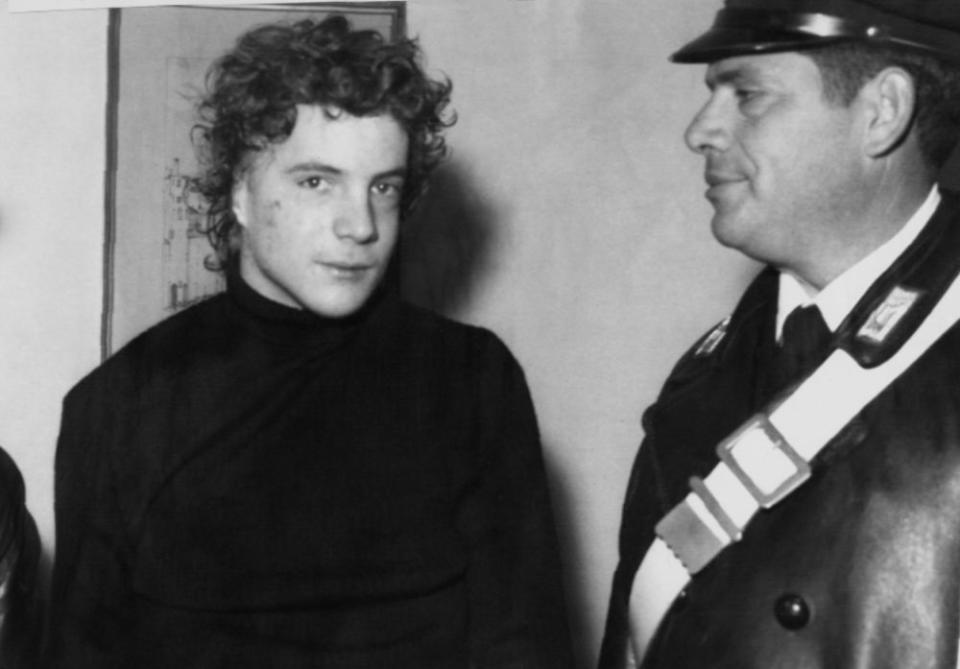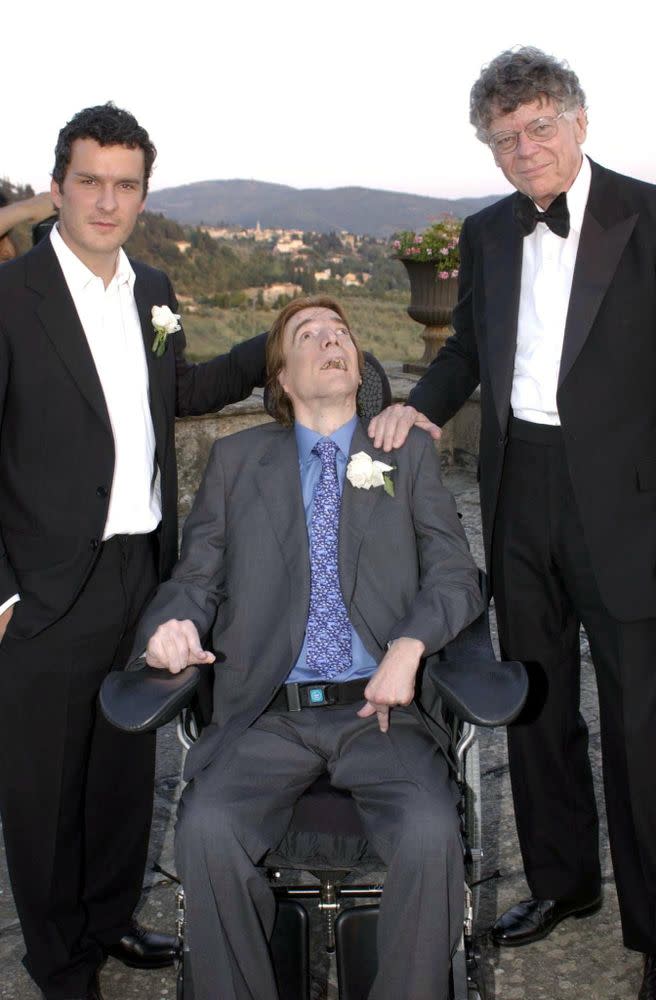John Paul Getty III After the Kidnapping: How Drugs and Torment Destroyed Billionaire Heir
When the grandson of the richest man in the world was snatched off the streets of Rome in 1973, the most shocking aspect about John Paul Getty III’s ordeal was that the person with the power to save him, J. Paul Getty, refused to do so.
Young Paul Getty, then 16, endured five long months held in captivity by Italian gangsters and the gruesome removal of his right ear before his grandfather agreed to pay the ransom that would set him free, Even then, the only reason J. Paul agreed to pay anything was due to a tax loophole through which Getty’s accountants found he could write off a portion of the $2.89-million-bargained-down ransom he eventually paid.
“The great unanswered mystery of the Getty fortune is why it has apparently devoured so many of its beneficiaries,” wrote John Pearson in his 1995 biography Painfully Rich, which inspired the new movie about the Getty kidnapping, All the Money in the World. “It’s a sad story,” Pearson says now of the Gettys, citing a quote attributed to the French writer Honoré de Balzac: “Behind every great fortune lies a great crime.”
Although he was no angel at the time of his kidnapping, in the aftermath of his ordeal, Paul struggled to reclaim any sense of a normal life due to his addiction issues and a stroke that left him quadriplegic.

“There was an awful lot of kidnapping in Italy at the time. Little Paul was not an exception,” says J. Paul’s friend and former chief executive Claus von Bülow (who became the center of a society scandal himself in the 1980s). “Paul was living more or less on the Spanish Steps together with other kids shooting up when it happened. When he disappeared they just assumed he was on a binge somewhere. Let’s just say he did not disappear out of his childhood bedroom.”
Journalist A. Craig Copetas, who befriended the young heir while working on the Rolling Stone story about him remembered young Paul as sweet-natured, but challenged by his developing substance abuse issues and the effects of his grandfather’s miserly ways and his own father, John Paul Getty II’s, drug problems.
“He was a very nice, confused kid from an exceptionally dysfunctional family,” recalls Copetas to PEOPLE. “Paul had emerged from the kidnapping in a bad way. Which was completely understandable, sadly. What was my first impression of Paul? That he wanted to be a superstar, basking in 15 minutes of Warholian fame and trying to figure out how to keep the lights turned on. I felt sorry for him.”
Adds Copetas: “Paul was more angry about them taking off his ear than he was psychologically traumatized by the kidnapping. His hair was long enough to cover [the wound] though.”
Nine men were arrested for their alleged involvement in the kidnapping, but only two men were convicted. Two years later Paul, then 18, married his girlfriend of several years Martine Zacher, then 24, at his mother Gail Harris’s 16th century Tuscan home. Paul adopted Zacher’s daughter Anna from a previous relationship and the couple had son Balthazar in 1975.
“The wedding was wild, a total hippie wedding,” says Copetas. “Paul was thrilled. He was happy with Martine. It was 18-year-old happiness.”

For much more about John Paul Getty III’s kidnapping and the Getty family’s dark history, pick up the new issue of PEOPLE, on newsstands Friday.
After their wedding, which effectively cut him off from the Getty family wealth, the couple settled in Los Angeles, where they enjoyed a brief period of marital bliss, until Paul lost himself to drug addiction.
“He was doing too many drugs,” Copetas says. “There was a court case in Los Angeles late 1974 –1975, which, as I best recall, centered on Gail and/or a group of attorneys taking legal stewardship of Paul’s affairs, which Paul was adamantly against.”
Copetas expresses sadness over Paul’s drug addiction and what he considers to be a “squandered” inheritance.
“Paul squandered his genealogical inheritance,” he says. “The Gettys were the most dysfunctional family in many ways. Paul was on his own. He was a child, a lost child.”
Eventually Paul’s addiction caught up with him and at 25, he suffered a massive stroke from an overdose that left him paralyzed, nearly-blind and limited his speech.

“I wasn’t shocked at all,” Copetas says of learning of the tragedy that befell Paul. “You could see the narrative from the first day you met Paul. The kid had some talent, he had the ways and means, he was interested in various things, he wanted to be a filmmaker, but he didn’t want to apply to film school. Paul would never take that responsibility. That was the sadness.”
After the stroke and the paralysis, Paul endeavored to make the most out of his life, according to friends and family, and even had a special attachment built for his wheelchair so he could still go skiing.
“[He] never let his disability keep him from living life to the fullest,” said Balthazar in 2011. “He was an inspiration to all of us, showing us how to stand up to all adversity.”
“His strength of character was unbelievable,” said his friend Philippe Mora, a filmmaker, after his death. “He always had this hunger to know what was going on. If anyone mentioned anything scandalous or risque, he loved it. He definitely didn’t want people feeling sorry for him.”
John Paul Getty III died on Feb. 5, 2011, at the family’s 2,500-acre Buckinghamshire estate, northwest of London, surrounded by his immediate family. He was 54.
— with reporting by Nina Biddle

 Yahoo News
Yahoo News 
